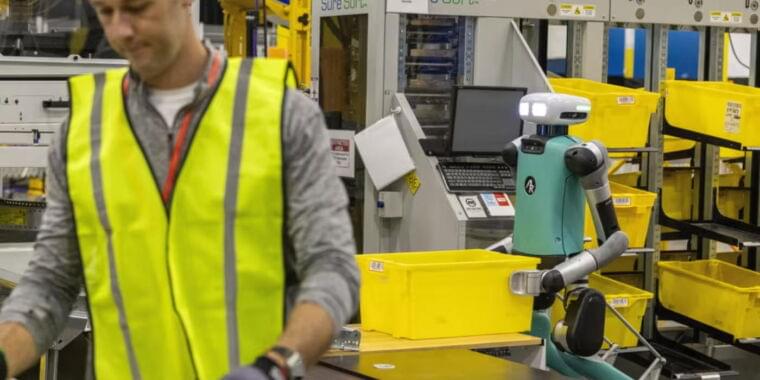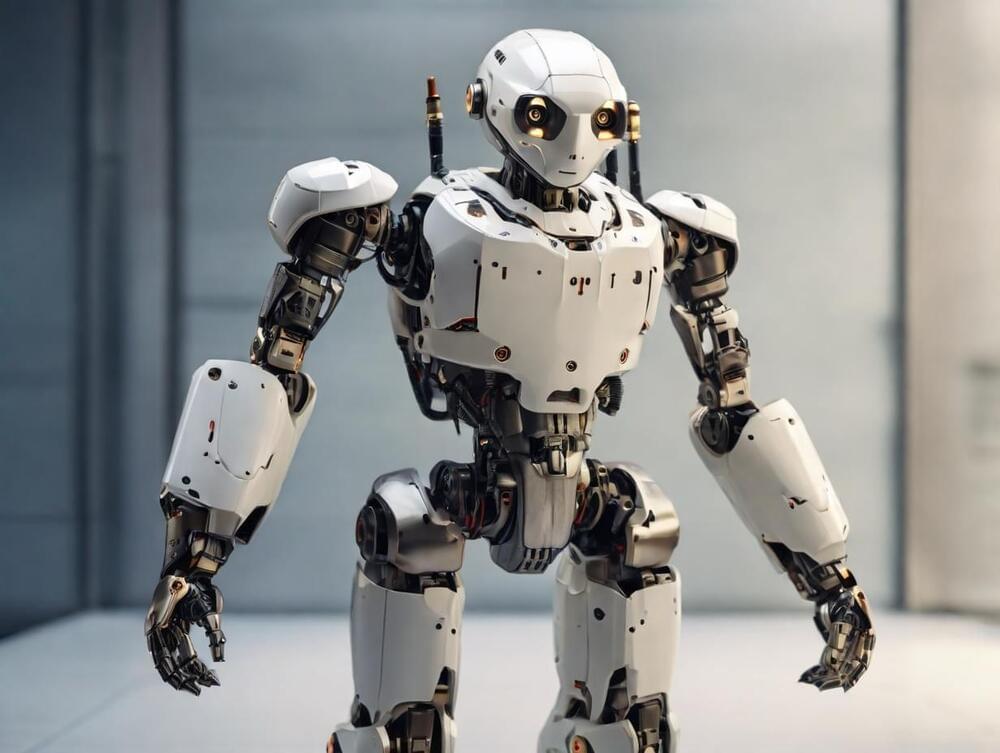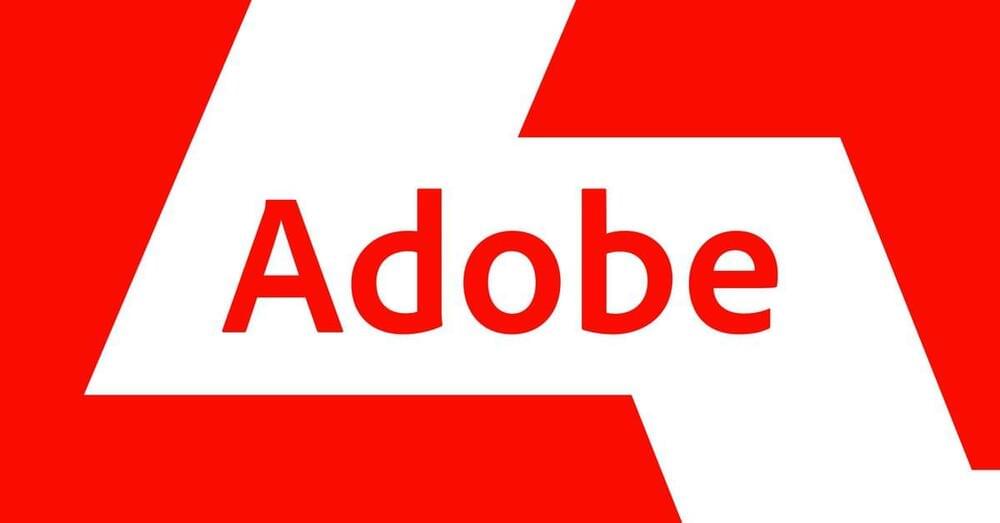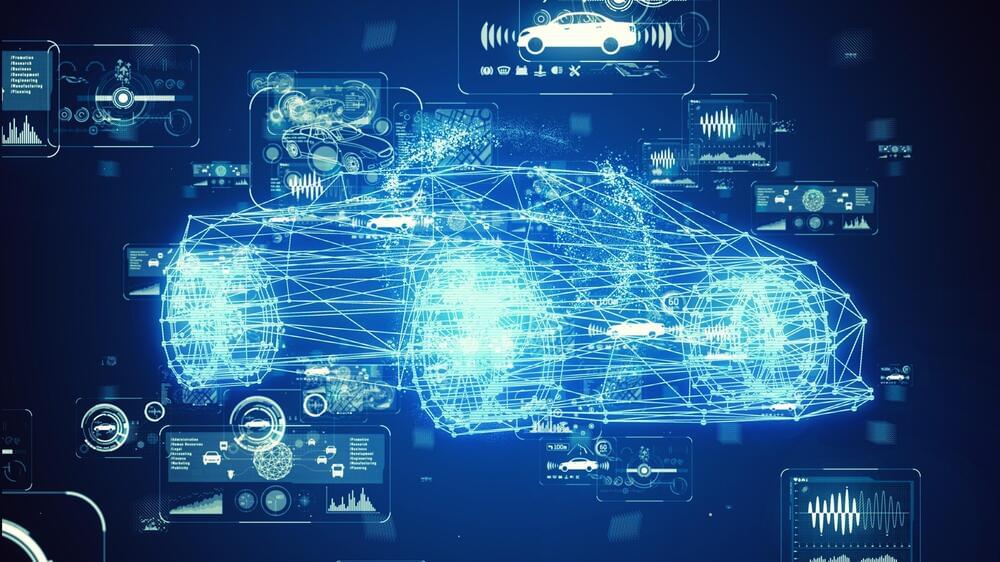Photoroom announced Tuesday that it has raised $43 million in Series B funding at a valuation of $500 million. London-based early-stage venture firm Balderton Capital and Aglaé Ventures, an investment firm backed by LVMH CEO Bernard Arnault and his family, led the round, with participation from Y Combinator. The new round brings the Photoroom’s total funding to $64 million. With more than 150 million app downloads and a subscription-based business model, the Paris-based startup has crossed $50 million in annual recurring revenue, according to Rouif.
Photoroom has also garnered the attention of brands like Netflix, Lionsgate and Warner Bros, who have used the startup’s API to promote films and shows including Barbie and Black Mirror. In October 2023, Photoroom partnered with Universal Music Group-owned record label, Republic Records, to create a custom selfie generator of Taylor Swift’s album 1989 that millions of fans used to create an album cover with their own faces.
Photoroom first gained traction in 2020, the same year it was accepted into Y Combinator. During the pandemic, entrepreneurs rushed to produce online catalogs of their products and without access to photographers and professional photo studios, they turned to photo editing tools like Photoroom. Before generative AI tools became mainstream, the startup’s most popular tools were a background remover tool, a tool called “magic retouch,” which removed unwanted objects from a photo as well as a feature that could blur backgrounds in two seconds. When more advanced AI tools became available in 2023, the startup expanded its offerings to include fully AI-generated backgrounds, where users could create background visuals from scratch through text prompts — now Photoroom’s most commonly used feature.









